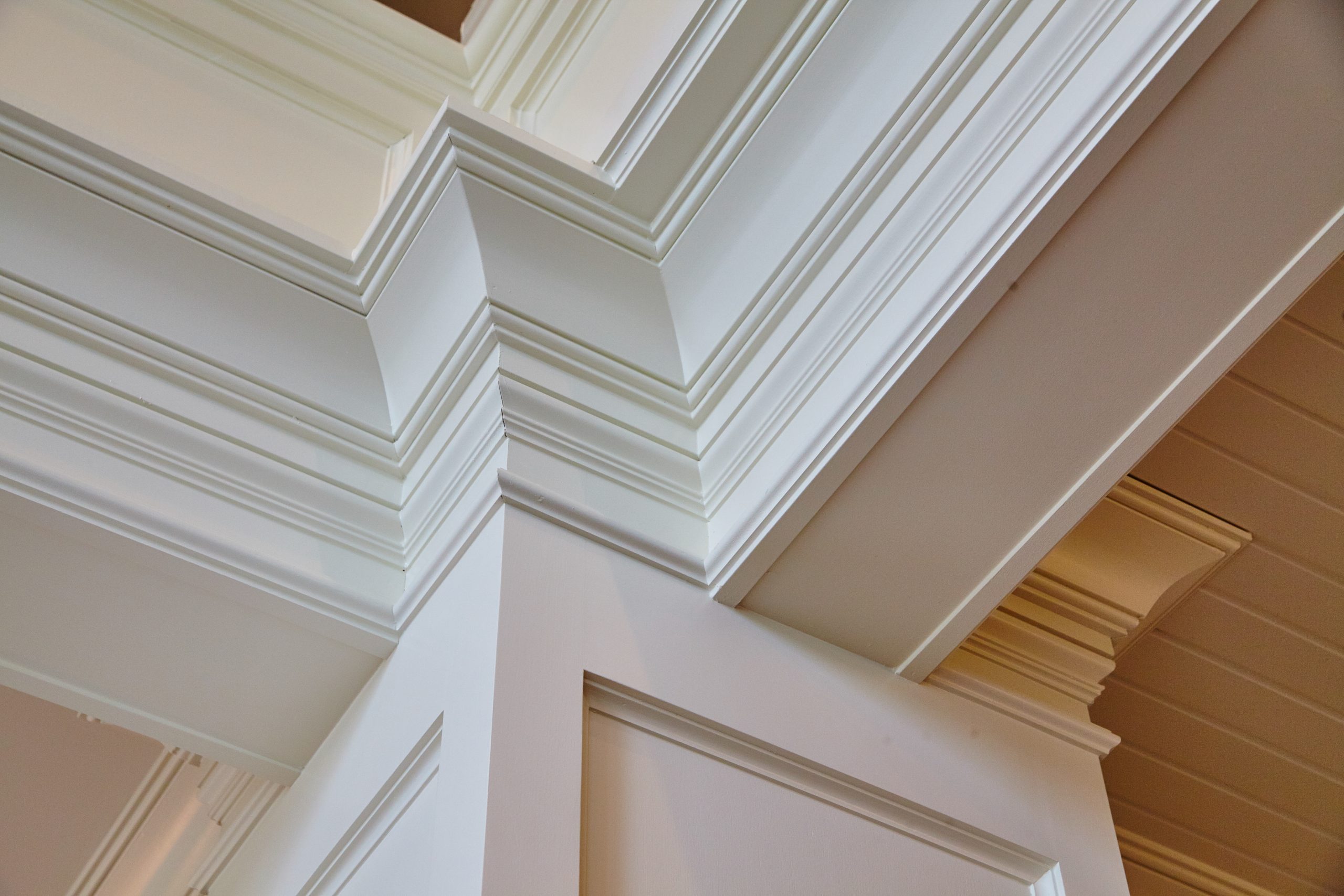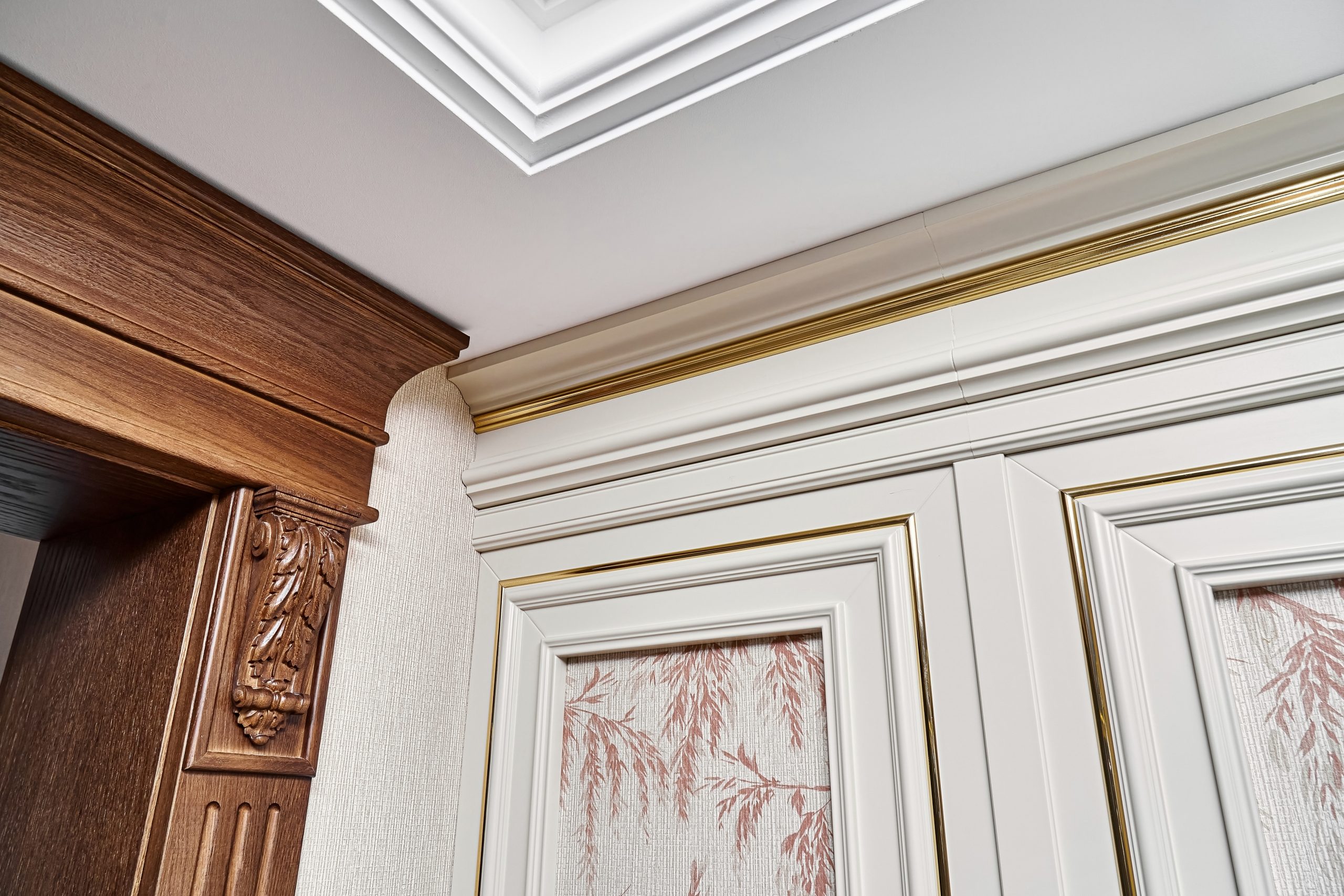
Many homeowners and renovators find themselves asking the same question: What is the difference between coving and cornice? These two terms are often used interchangeably, yet they describe features with distinct styles and functions.
The confusion can lead to design mistakes. Imagine buying coving for a Victorian home only to realise that the effect feels too plain, or choosing ornate cornices for a small modern flat and ending up with an overpowering look. Not only does this waste money, but it can also take away from the overall harmony of your space.
This comprehensive guide will clear up the differences between coving and cornice, explore their history, show where each works best, and even break down costs and installation tips. By the end, you’ll know exactly which option is right for your home and how to make it shine.
Coving is a type of decorative moulding that creates a smooth, curved transition between the wall and ceiling. It is typically simple, uniform, and concave in shape. Think of it as a quarter circle or C-shape that softens the sharp angle where two surfaces meet.
Cornice, on the other hand, is usually more elaborate. While coving is plain and uniform, cornice often includes ornate details and varying profiles that create a dramatic finish.
Feature | Coving | Cornice |
Design | Simple, curved, plain | Ornate, detailed, decorative |
Profile | Uniform shape, concave or convex | Variable, often with layers and patterns |
Best For | Modern, minimalist, or budget-friendly interiors | Period homes, luxury spaces, or statement ceilings |
Materials | Plaster, polymer, MDF, timber | Plaster, stone, wood, polymers |
Installation | Easier to fit, lighter | Heavier, may need skilled plasterers |
Cost | Lower | Higher due to detail and labour |
This table makes it clear that coving and cornice are not the same. Coving is a type of cornice, but cornice covers a broader range of mouldings, often more decorative and elaborate.

When deciding between coving and cornice, consider:
Costs vary by design complexity, material, and whether you hire a professional.
No. While plain coving was less common in some modern minimalist homes, new designs with integrated lighting are very popular.
Can you use coving and cornice together?
Yes. In fact, some designers use plain coving in bedrooms and ornate cornices in living rooms for balance.
Yes. Period-appropriate cornices can significantly increase value in heritage homes, while neat coving adds appeal in modern properties.
Absolutely. Both can be painted to match ceilings and walls, or even highlighted in a contrasting colour for drama.
Coving is easier and often DIY-friendly. Cornices generally require professionals due to weight and complexity.
Coving and cornice may share a similar purpose, but they offer very different aesthetics. Coving is subtle, modern, and affordable. Cornice is ornate, traditional, and often luxurious. Choosing between them depends on your home’s style, ceiling height, budget, and personal taste.
Whether you prefer the soft curves of coving or the grandeur of cornice, both can elevate a room, hide imperfections, and create a polished finish. With modern materials and trends, there is a design to suit every home.
Copyright © 2025 Judge Plastering. All Rights Reserved.